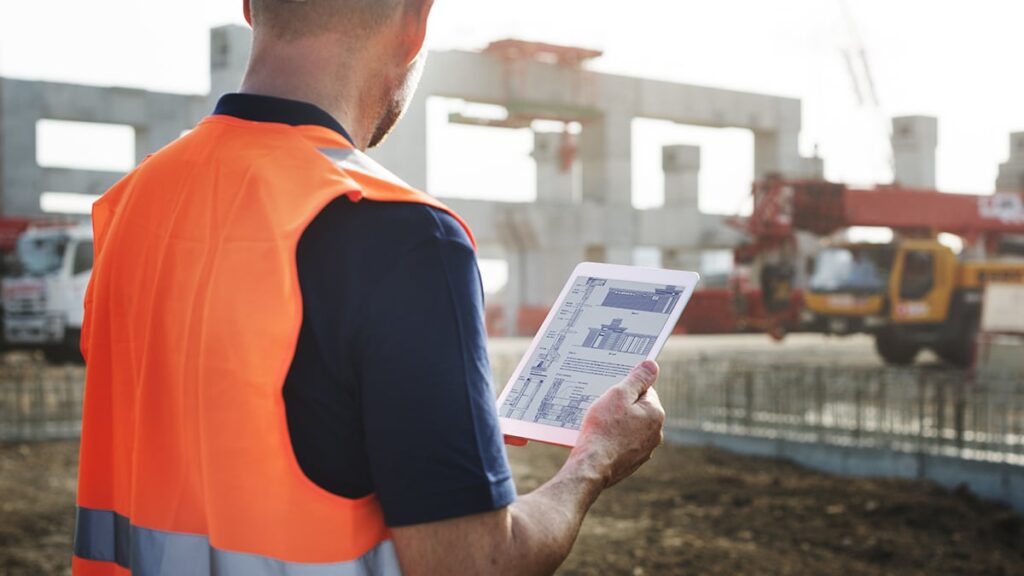If your government agency is gearing up to start or resume construction on public projects, you’re likely focused on permitting, environmental and safety improvements, and numerous other project details. In order to manage all these moving parts efficiently in the current approval landscape, agencies need the right technology stack.
From one lens, the technology and discipline required for infrastructure projects to support repair backlogs, waterway improvements and local road safety, to name a few, must evolve to meet the specific needs for rich media management. From pictures to videos to 3D modeling, digital assets created and leveraged for the implementation of the Bipartisan Infrastructure Investment and Jobs Act (IIJA), a five-year investment into the United States’ infrastructure, will grow substantially over time. Managed properly, these digital assets can identify and resolve problems, improve efficiency and collaboration and help the many coordinated department and agencies make better decisions.
Below are three use cases that push the boundaries of Digital Asset Management (DAM) and demonstrate the value that can be gained from effectively managed asset repositories, specifically one that can handle 60-petabyte storage requirements and support thousands of concurrent users.
DAM for operations
Flexibly supporting and trusting local workforces to manage infrastructure construction or repair means eliminating their need to travel with cumbersome manuals between main offices and worksites but requires providing them with a system to log what’s been completed. Failure to do so could cause multiple trips back to the office – creating unnecessary pollution – or repetitive construction activities that could drive up costs. Contractors, architects and engineers arriving on site or providing virtual sign-off of completed tasks need detailed images, specifications and construction or repair instructions. They also need to know that the generated photography and video – whether by handheld cameras or drones – used to track degradation, repairs or performance will be ingested into that same system automatically. A DAM platform can manage geospatial imagery files in product-centric collections, zoom in and rotate 3D images, automatically log incoming data with extensive metadata search tags and integrate seamlessly with ordering and shipping systems to make sure the right parts are dispatched.

DAM for project reporting
Quick and easy access to assets is important not just for project support, but also for ease of compliance and reporting needed for infrastructure and investment projects. Beneficiary agencies may be required to report the progress of an infrastructure project through videos, photographs, slides, written documentation or whatever else a federal agency may require or believes is enough to satisfy compliance. To do so efficiently, agencies must organize their content and make it easy to find. Automated metadata tagging and categorization are crucial to this process, as is an asset repository that supports different and advanced ways of searching. For example, if multiple members of a bridge construction team need to see weekly project photos for a specific site, they could set up a search with parameters (site name, file type) and easily run that search for periodic or ad-hoc reporting activity and goals.
DAM for workforce enablement
There are several working groups being created to ensure a department, agency or community realizes the maximum relief and benefits under the IIJA. The Energy Resources Council in the State of Arkansas is an example of a coordinated effort between state agency personnel and stakeholder representatives. Such task forces that develop and maintain education materials can benefit from grouping assets into technical or policy themes and making them accessible in a dashboard, which a hybrid headless version of OpenText™ Media Management provides.
OpenText Media Management – a modern DAM for IIJA projects
Governments are reliant on rich media today more than ever, as infrastructure projects are considered and built by leveraging data from drone footage, geospatial imagery, audio and other sources. The diversity of file formats and types needed throughout the infrastructure lifecycle require proper cataloguing and storing to enable governments to advise on both concrete and social agendas.
Watch this webinar to learn more about innovative applications of DAM technology using OpenText Media Management.



